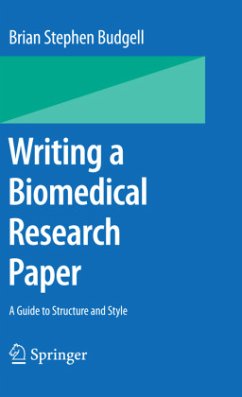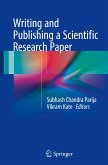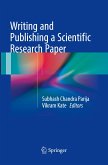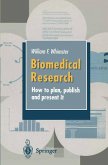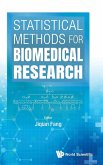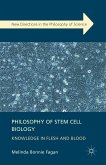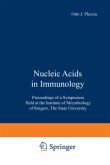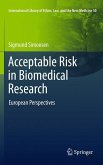This book is organized as a guide to writing a biomedical research article, focusing on the writing and submission of manuscripts for research articles. Chapters are arranged according to the sequence of tasks in creating a successful research article.
All of us in biomedicine understand the urgency of getting experimental results into print as quickly as possible. Yet this critical step in the cascade from research conception to publication receives almost no attention in our formal training. It is as if we have been put to sea without a compass. Our collective failure to achieve widespread literacy in our own language - Biomedical Language - seriously impedes the important process of d- seminating new biomedical knowledge and thereby improving the human condition. It is also a significant personal concern for researchers and clinicians in the highly competitive, publish-or-perish environment of c- temporary academia. Of course, if we are clever or lucky enough to come up with that Nobel Prize-winning discovery, great science will carry the day and we are likely to get published even if our writing is fairly horrid. But most of us who publish are "bread-and-butter" scientists. We compete for space in journals which may only accept 10% or 20% of the submissions that they receive each year. For us, convincing, engaging writing will make the difference between being published or rejected, or at least it will make the difference between being published on ? rst submission or having to go through a number of revisions (or journals). None of this is to propose that good writing can make a silk purse out of a sow's ear. Scienti? c content is the sine qua non of biomedical writing.
All of us in biomedicine understand the urgency of getting experimental results into print as quickly as possible. Yet this critical step in the cascade from research conception to publication receives almost no attention in our formal training. It is as if we have been put to sea without a compass. Our collective failure to achieve widespread literacy in our own language - Biomedical Language - seriously impedes the important process of d- seminating new biomedical knowledge and thereby improving the human condition. It is also a significant personal concern for researchers and clinicians in the highly competitive, publish-or-perish environment of c- temporary academia. Of course, if we are clever or lucky enough to come up with that Nobel Prize-winning discovery, great science will carry the day and we are likely to get published even if our writing is fairly horrid. But most of us who publish are "bread-and-butter" scientists. We compete for space in journals which may only accept 10% or 20% of the submissions that they receive each year. For us, convincing, engaging writing will make the difference between being published or rejected, or at least it will make the difference between being published on ? rst submission or having to go through a number of revisions (or journals). None of this is to propose that good writing can make a silk purse out of a sow's ear. Scienti? c content is the sine qua non of biomedical writing.
From the reviews:
"This is a practical guide to writing good, publishable biomedical manuscripts. ... The audience includes biomedical editors, reviewers, and native and non-native English speaking colleagues. ... This easy to read and understand book will be a valuable resource for students or others in writing successful manuscripts. ... The book is filled with helpful hints for appropriate grammar, structure, and style in writing biomedical papers." (Vicki Ann Moss, Doody's Review Service, Vol. 1147, 2008)
"This is a practical guide to writing good, publishable biomedical manuscripts. ... The audience includes biomedical editors, reviewers, and native and non-native English speaking colleagues. ... This easy to read and understand book will be a valuable resource for students or others in writing successful manuscripts. ... The book is filled with helpful hints for appropriate grammar, structure, and style in writing biomedical papers." (Vicki Ann Moss, Doody's Review Service, Vol. 1147, 2008)

